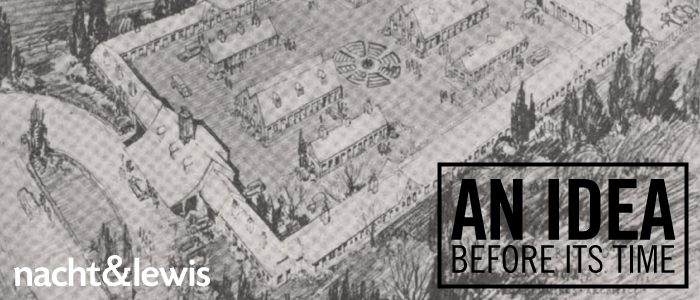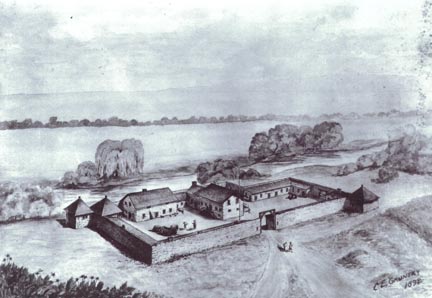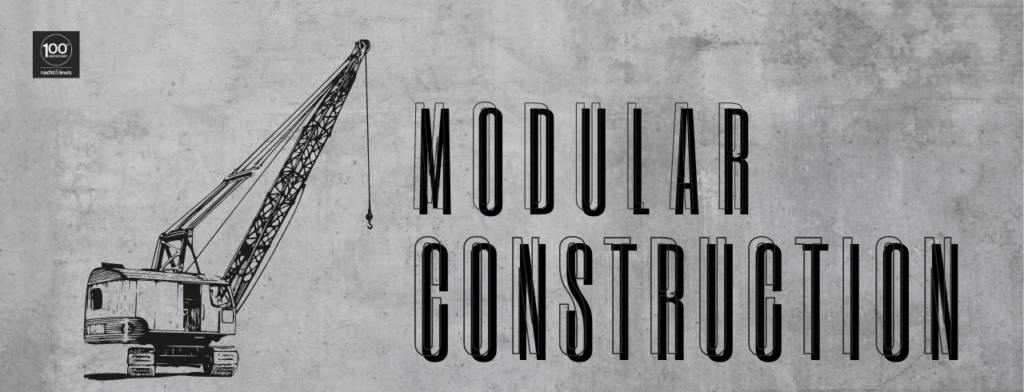This year, Nacht & Lewis is celebrating 94 years in business. With this many years of experience, it is valuable to occasionally look back at the past to put our present in perspective. Our founder, Leonard Starks, briefly partnered with E.C.Hemmings in 1923 to design the Elks Building prior to Hemmings death in 1924. Hemmings had a long history of quality work in the Sacramento area and was respected by the local business leaders. In 1922, the year before he partnered with Starks, Hemmings was approached by a group of west coast businessmen, lead by publicist Bert B. Hilborn, with a new concept for serving the traveling public – the “Rodome”. The Lincoln Highway had been completed in 1912 and car sales had nearly doubled between 1918 and 1919. America had started its love affair with the automobile.
Up to this point, those traveling by car were dependant on either camping along the roads, staying at big city hotels, which were not built with the car in mind, or staying at mom and pop motor lodge cabins. This proliferation of lodgings had its problems. FBI Director, J Edgar Hoover, expressed his concerns by expressing, “The tourist camp is today a new home of crime in America, a new home of disease, bribery, corruption, crookedness, rape, white slavery, thievery and murder.”
Sinclair Lewis had proposed in an article in the Saturday Evening Post in 1920 that a future fortune was to be had by someone who could,
“…start a chain of small, clean, pleasant hotels, standardized and nationally advertised, along every important motor route in the country.” These would have “…agreeable clerks, good coffee, endurable mattresses and good lighting.”
Hilborn and his group of backers wanted to produce 20 such hotels along the roads of the west coast from Vancouver B.C. to San Diego. They were to be called “Rodomes”, short for “Road – Home”. They even patented this somewhat dubious name.
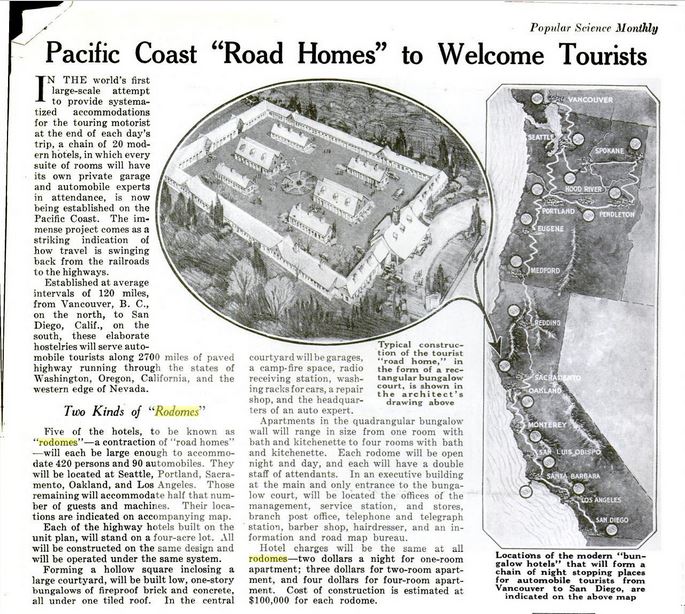
E.C. Hemmings produced a rendering of the prototype for the five largest rodomes, the first of which was to be constructed in Sacramento. He had been concerned about producing a safe and secure place for these travelers, so he looked to Sutter’s Fort for his inspiration.
The concept consisted of a series of 90 fireproof apartments with connected auto garages arranged in a rectangle like the palisade of a fort with two driveways leading in and out circulating through the inner court. The front office observed all traffic in and out of the complex. Additional apartments were built in the court between the drives. A café, store, gas station with service bays with a mechanic, and laundry facilities completed the project. The corporation would provide all of the supplies for these individually managed facilities, the equivalent of the modern chain motel which rose to prominence in the 1950’s and 1960’s.
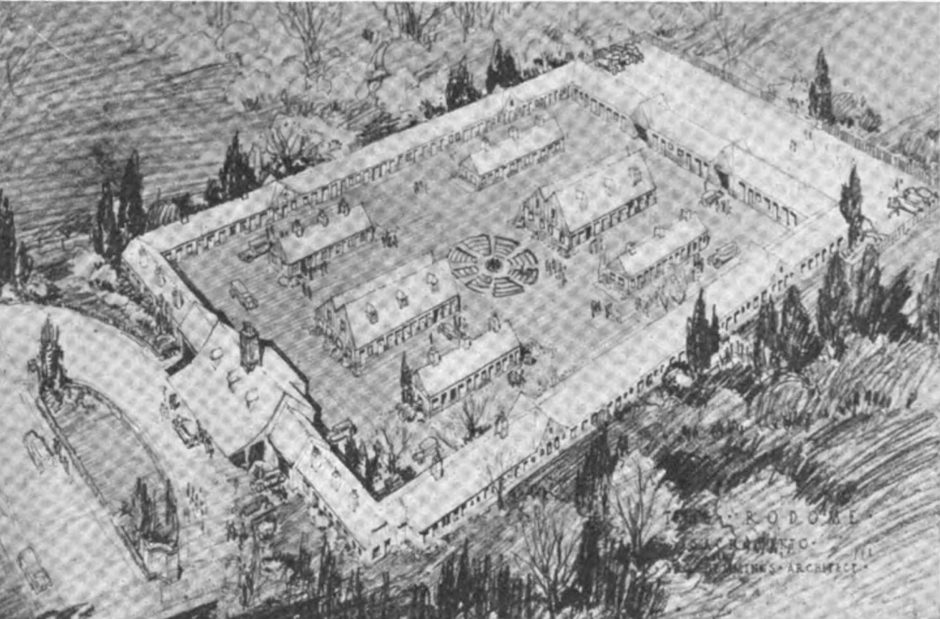
Despite wide coverage in many publications, ranging from Popular Mechanics to, Auto Life and Auto World and in local newspapers, it does not appear that they were able to raise the capital necessary to realize their dream. The need to build a chain of facilities created an economic hurtle too high for the the time. They did, however, develop a concept that would be realized many years later.
While creative thinking like this is still highly valued in our firm, the world and Nacht & Lewis aim for a more sustainable future. The automobile culture has contributed to inefficiency in the use our resources and the pollution of our planet. Nacht & Lewis focuses on environmentally conscious design. Many of our facilities have achieved LEED Silver and Gold ratings, and in the case of the California Department of General Services Central Plant, LEED Platinum.
We are about to begin a new project for the California Department of Motor Vehicles, which has been a leader in sustainability in their facilities. It will be one of the State’s first Net Zero Energy facilities. The clean energy produced by this facility will exceed the energy it uses. The automobile culture, which this facility will serve, is still strong in our society, but perhaps with the development of self driving vehicles, electric cars and ride-sharing services it can quickly become more sustainable.
In the meantime Nacht & Lewis will continue moving forward designing thoughtfully while keeping one eye on the rear view mirror.
If you’re interested in viewing more past projects Nacht & Lewis has completed in it’s over 94 years please see our Nacht & Lewis History Project today!

